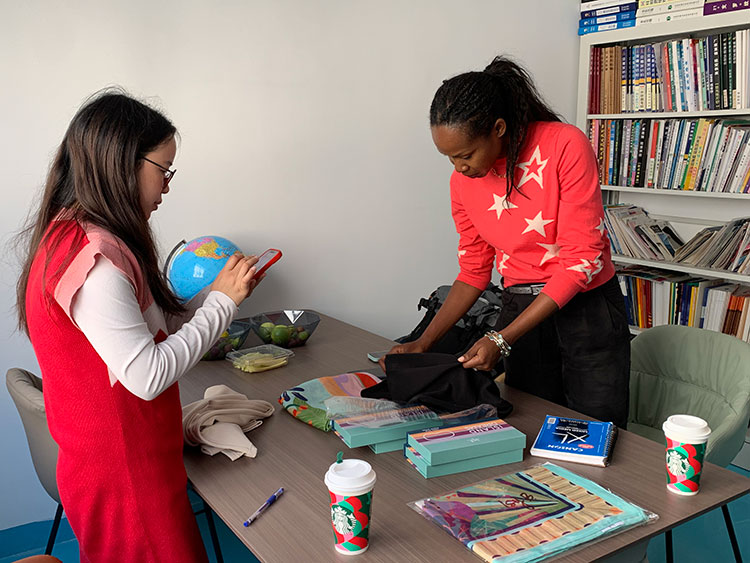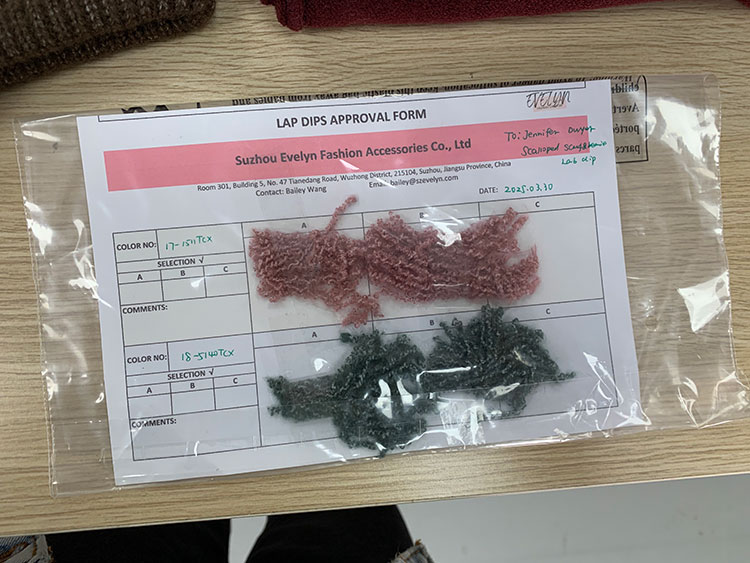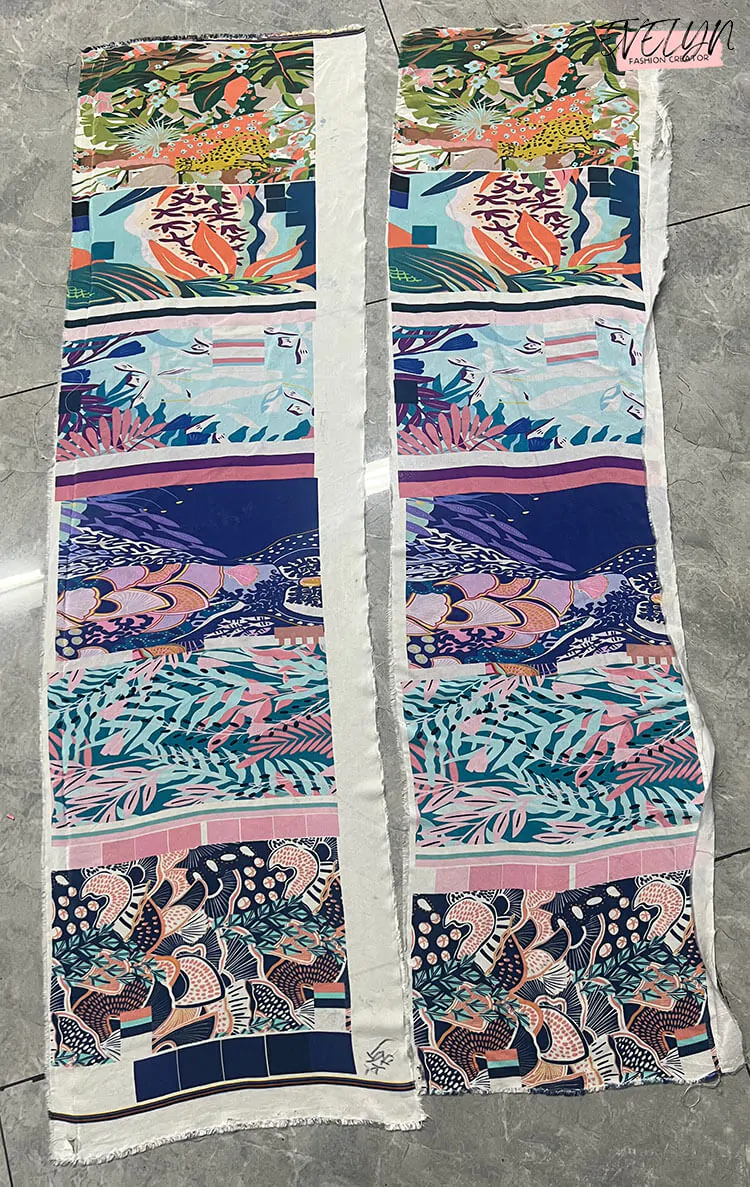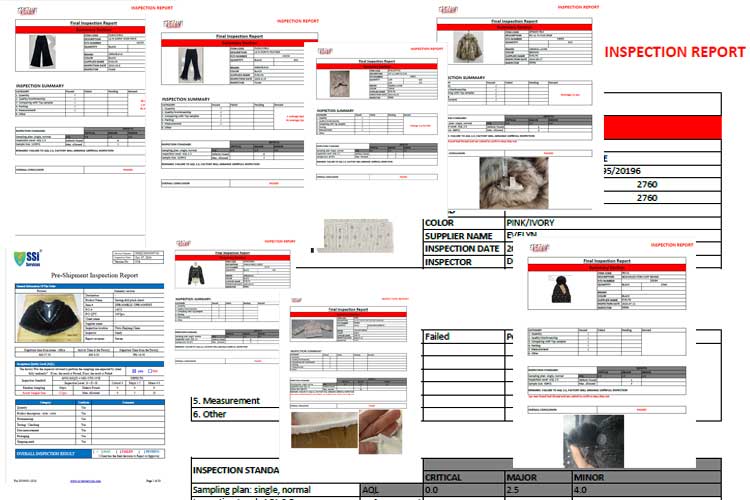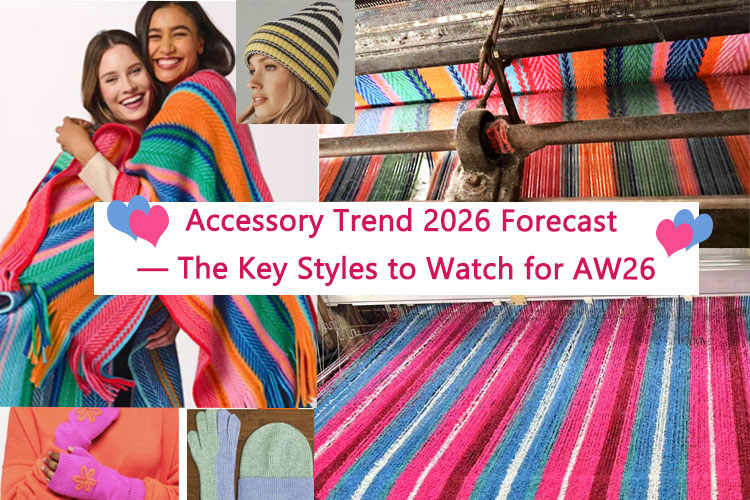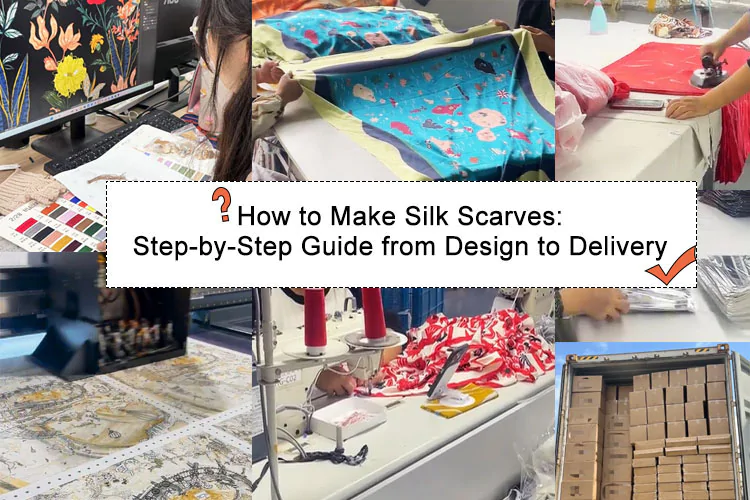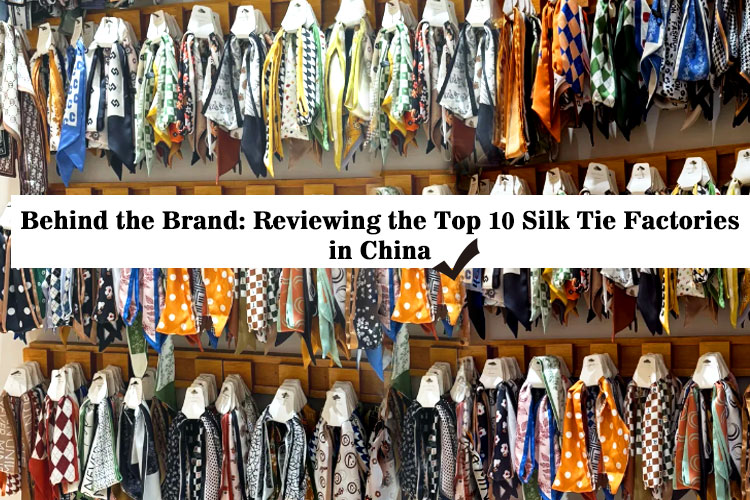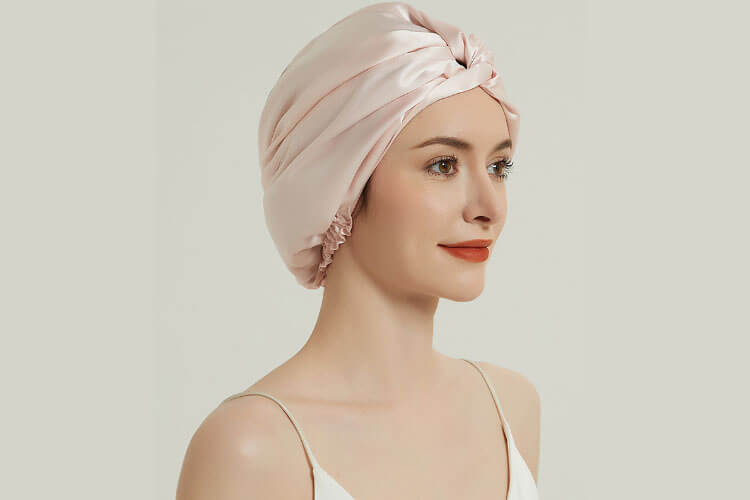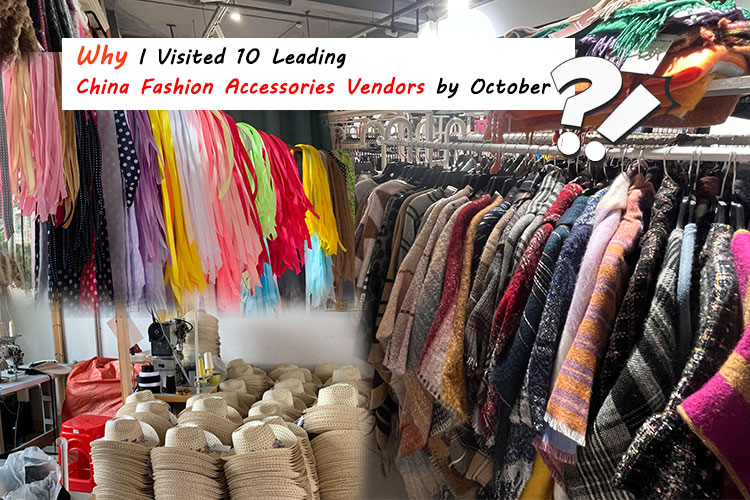Do you want to customize fashion accessories for your brand but feel overwhelmed by the process? You’re not alone. Many brands struggle to get the perfect product because they don’t know where to begin. Choosing the wrong material, unclear designs, or poor communication with factories can cost time and money. That’s why preparation is key.
The answer is simple: If you want successful results when customizing fashion accessories, you need to follow five essential tips. These cover everything from understanding your target market to working with the right supplier. Let me break it down step by step so you can avoid the most common mistakes and make smart decisions.
These tips will help whether you’re a brand owner, wholesaler, or sourcing agent looking to create a standout collection.
What’s the first thing to do before customizing fashion accessories?
1. Know Your Target Audience & Product Purpose
Before diving into the design process, take a moment to understand your customers. Are you targeting Gen Z with trendy, fast fashion? Or a luxury audience looking for premium materials?
Ask yourself:
-
Who will wear this?
-
When and where will they wear it?
-
What do they care about most—price, fabric, sustainability, or uniqueness?
Having this clarity allows us to offer suggestions and source suitable fabrics and accessories.
Why this matters: Products that align with end-customer expectations are more likely to sell. You don’t want to create something that looks good but doesn’t match market needs.
2. Start with a Clear Vision, But Stay Flexible
Bring as much detail as you can: inspiration photos, target price, quantity range, timeline, and must-have features. But also keep your options open. The materials you want may not always be available or cost-effective. That’s where we help.
Our design team often recommends alternatives—like switching from 100% silk to a silk blend for better durability and lower cost. And we have our professional team who is responsible for sourcing, they will offer many fabric options.
Pro Tip: Create a mood board and brief that includes color palette, patterns, and packaging ideas.
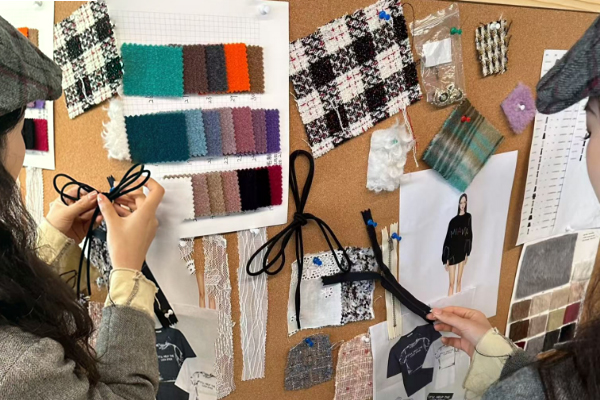
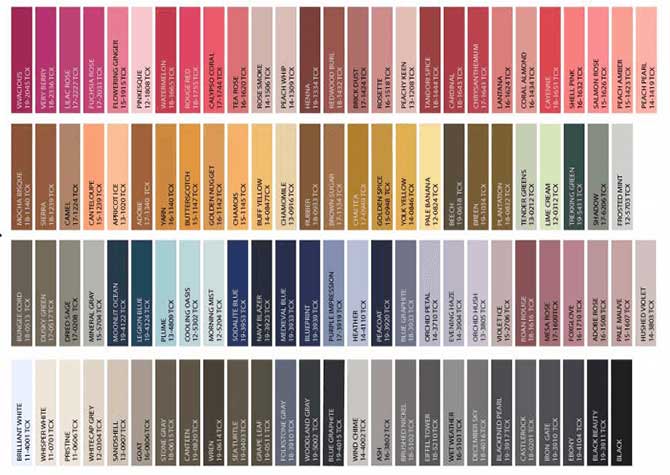
What’s the best way to communicate with your supplier?
3. Communication Is Everything
Clear communication saves time. If your idea isn’t clear, the sample won’t be either. We recommend using visuals—tech packs, reference photos, or hand sketches. Even a simple PowerPoint works wonders.
Ask your supplier:
-
Do you understand what I’m trying to make?
-
Can you show similar work you’ve done?
We’ve seen great success when clients give us a product sample to replicate or improve. The more info, the better.
Don’t forget to confirm things like packaging requirements and hangtags early—those often get missed!
4. Don’t Skip Sampling
Sampling isn’t just a step—it’s the step that determines success.
Skipping the sample phase might seem like a time-saver, but it can quickly lead to problems. I highly recommend that you never skip the sampling stage—whether it’s for a new design or a repeat order. It’s the phase where your ideas truly come to life and where any potential issues are caught early.
We typically produce 1–3 rounds of samples, but the process is often more detailed. Here’s a breakdown of the different stages we go through to ensure perfection in your custom fashion accessories:
Lap Dip:
This is typically the first stage when dealing with fabrics, especially when custom dyeing is involved. Lap dips are small samples of the fabric dyed in the exact shade you’ve requested. This is a test to confirm that the color is right before producing larger batches. It’s essential to get this correct early on to avoid issues with mismatched or off-color fabric.
Strike Off:
After the lap dip, we move to the strike off stage. This involves creating a sample of the fabric with the exact print or pattern you want. The strike off is a crucial step for custom prints or patterns, as it shows how the design will look on the actual fabric. It’s a test run to see how the print holds up to the fabric’s texture and to ensure the colors are accurate. Once approved, the fabric will be ready for full-scale production.
PP Sample (Pre-Production Sample):
This is one of the most important samples you’ll receive. After the strike off and color checks, the PP sample is created, which includes the actual fabric, print, pattern, and measurements. The PP sample is the final approval sample before full production. It allows you to review:
-
The overall fit
-
The final design
-
The quality of construction
-
The correct label/tag placement
Once you approve this sample, we proceed to mass production. It’s essential to check every detail before giving the green light.
Production Sample:
The production sample is the first full run of the product made in bulk. It is typically done after you’ve approved the PP sample and allows you to assess whether the production matches the sample. This is the product in the exact materials, trims, and colors you’ll receive in your final order. While similar to the PP sample, the production sample ensures everything flows correctly on a larger scale and that the factory has accurately replicated your order.
Shipment Sample:
The shipment sample is the final check before the goods are shipped to you. It is the sample taken from the final batch of products, ensuring that everything is up to standard, has passed quality control, and is ready to be sent to the buyer. This sample helps confirm that the entire order matches your specifications and expectations.
Why is sampling so critical?
Even the best factory can’t read your mind. A sketch or even a detailed brief isn’t enough. Samples are your chance to physically test the product and make adjustments before committing to bulk production. Here’s what you’ll evaluate during the sample stage:
-
Quality: Does the material feel right? Is the stitching strong? Are there any flaws in the craftsmanship?
-
Fit: Does the product fit as expected? Is it comfortable and wearable?
-
Print Alignment: Is the print placed correctly, and does it look sharp and clean? Is it aligned properly across seams or edges?
-
Final Pricing: This is the moment where you’ll have a clearer understanding of the real cost per unit. Are there any surprises in terms of cost after sampling?
Sampling reduces risk by catching mistakes early and ensuring that your bulk order matches your expectations. By investing time and effort into sampling, you’re protecting yourself from bigger headaches down the line—like costly rework, delays, and disappointed customers.
Don’t rush this process—it’s one of the most vital steps toward ensuring your custom accessories are a success. Always push for samples, and review them thoroughly before moving forward.
How do you make sure quality doesn’t drop in bulk?
5. Insist on Quality Checks at Every Step
Once you approve a sample, production starts. But don’t stop paying attention there. Quality can drop fast without checks. We carry out in-line QC inspections, random spot checks, and final inspections before shipment.
We also provide QC reports and videos so our clients see what’s being shipped. This avoids surprises and builds trust.
Working with a team like us means you’re not chasing factories for updates. We manage that for you, with professional QC and transparent communication.
If your supplier isn’t offering QC reports, that’s a red flag.
More related questions answered…
What accessories can be customized?
Almost anything—scarves, hats, bags, kaftans, beanies, socks, and more. We offer over 200+ styles with flexible MOQs. You can add logos, prints, embellishments, or custom labels.
How long does the whole process take?
Usually 2–4 weeks for samples, and 4–6 weeks for bulk. It depends on the item complexity and quantity. Express options are available.
What’s the MOQ for custom orders?
We support low MOQs starting from 100 pcs/style for most items. This is ideal for boutique brands or market testing.
Can I visit the factory or get videos?
Yes! We welcome visits and offer photo/video updates throughout the process. Transparency is part of how we build trust with our clients.
Conclusion
Customizing fashion accessories is exciting, but success depends on the right preparation. Follow these five tips and partner with the right supplier—you’ll be ahead of 80% of your competition.


